Social networking as we know it might be coming to an end, but it’s unclear what comes next. Discord is betting it’s just vibes.
“I feel like I have a PhD in hanging out right now,” says Kieran Del Pasqua, Discord’s SVP of design. Discord’s power users describe the platform as an “always-on place,” he says, where they hang out with their “couch friends.”
Discord was launched as a gaming platform in 2015, but in recent years it’s made a push to expand its reach beyond the tech set. Today you can find interest-based servers on everything from knitting to Charli XCX, or you can DM one-on-one with friends. Servers are organized into smaller chat rooms, or channels, that can range from on-topic to off-, like in the Britney Spears server Britcord, which has channels for “britney-discussion” but also “study-homework-help.”
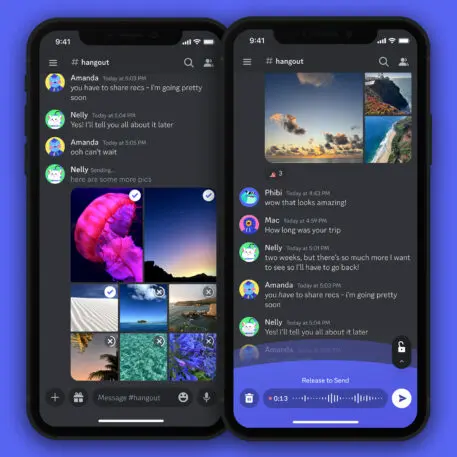
These days, Discord is looking to create an experience that’s more AOL Instant Messenger than MySpace. The platform is less about self-presentation and more about connection—which could be a competitive advantage at a time when the social media winds are shifting. Discord wants the people who use it to feel like they’re “going to the bar in their pajamas,” as Del Pasqua describes it.
It’s good timing for the shift. Engagement at some traditional social media sites is falling, from shrinking audiences on Facebook and Instagram to tumbling daily active users for X on mobile since changing its name from Twitter. Discord now counts 150 million monthly users, and recently it announced updates aimed at making it faster, safer, and easier to use. Among the updates are improvements to its mobile app speed, new features for paid Discord Nitro members, updated content moderation policies, and an expansion of its program allowing developers to get paid for developing third-party apps.
Discord has been updating the platform’s design on a rolling basis, baking in design decisions that soften the platform’s edges and make it feel more inviting for first-time users, non-gamers, and others. “We’re a very text-heavy experience, so we wanted a very easy, readable experience,” Del Pasqua says.
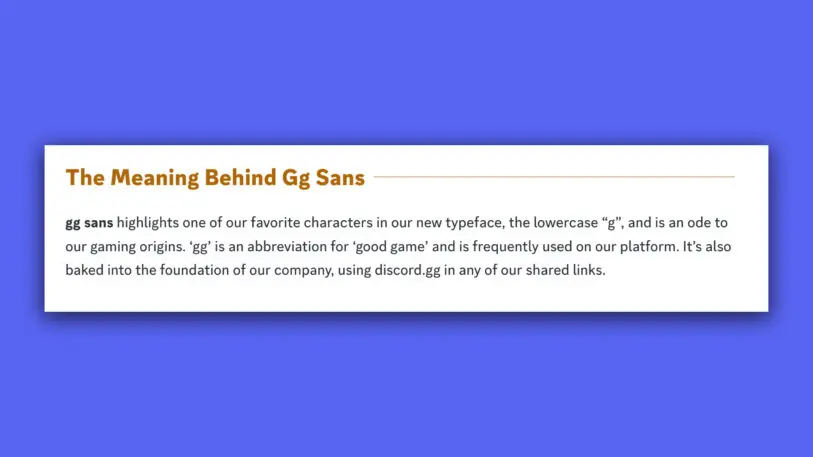
Del Pasqua says the redesign efforts are ongoing and go “right down to the atomic level,” pointing to Gg Sans, the company’s new typeface. It was designed to feel “more like it was cozy than, like, ‘techie,’” he says, and introduced last December. Named after “gg,” the abbreviation for “good game,” it’s a nod to Discord’s gaming background and in harmony with the brand’s emphasis on friendship and fun.
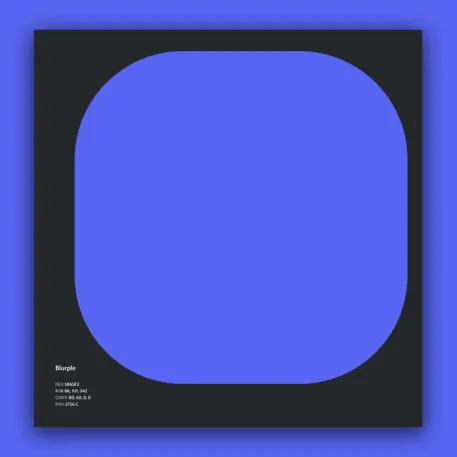
Discord’s brand guide lists its primary color as “blurple,” and the illustrated mascots that populate its brand collateral are inevitably smiling, waving, or chilling on a couch with each other. Wumpus, the first of such mascots users see when using Discord, is light blurple and reacts to chats with new friends with a one-click wave.
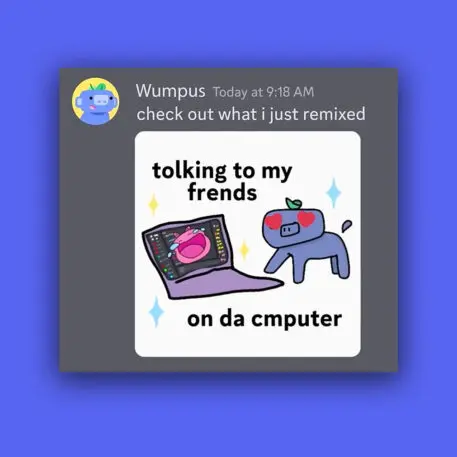
Del Pasqua summarizes Discord’s design process as revolving around a handful of principles: comprehension, or ensuring its users understand how the product works; time well spent; and making Discord more fun than any other platform. The company touts the customizability of its servers and user experience, including perks for paid Nitro members like Super Reactions, which are animated emoji to react in text chat, and new app skins called Themes.
The goal is to make it so users can customize without making a “wrong choice,” Del Pasqua says. Still, it turns out adapting an app that’s “always on” for a device that isn’t made for multitasking presents challenges, and some users have reported feeling unsure of how to use it.
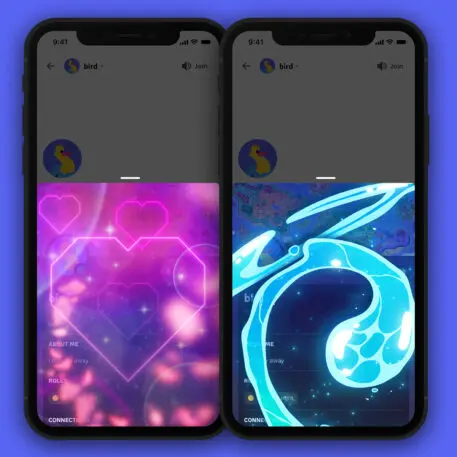
“I think we underestimated how much of Discord’s look, feel, and ethos revolves around being in the background while you’re doing other things, and then coming into the foreground as you need it,” says Peter Sellis, Discord’s SVP of product.
Discord’s “hang out, chill vibe” was “born from necessity of video games,” Sellis says, and its specific combination of voice, video, and text chat means it “occupies a unique space in customers’ needs. It’s not easily substitutable.”
Unlike traditional social media where your profile is the same for everyone and “you’re kind of pushed to be what you think you should be on that platform,” he says, on Discord, “you can appear as the version of yourself that is most authentic to that group of people,” from a fantasy football league to World of Warcraft guild.
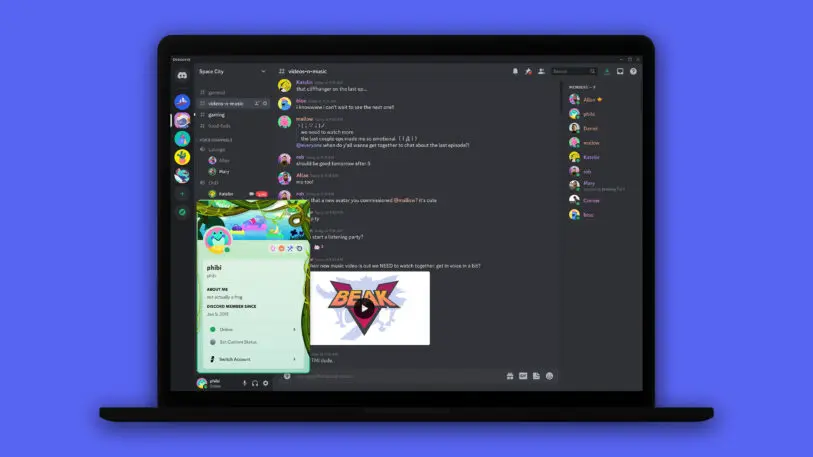
While X and Meta’s Facebook and Instagram serve pay-to-play and algorithmically delivered content to make money by showing users ads, Discord is “not an ad platform,” says Cherry Park, the company’s director of product marketing. “We don’t sell any user data. That’s not how we make money.” Instead, almost all of its revenue comes from its Nitro benefits for paid users.
In moving beyond just gaming and desktop, Discord’s position could give it an edge should trends like de-influencing and disengagement from traditional social networks continue.
“It’s about having the ability to invite the people that you want in your space,” Park says. “It’s not one-to-many.”
Recognize your brand’s excellence by applying to this year’s Brands That Matter Awards before the early-rate deadline, May 3.